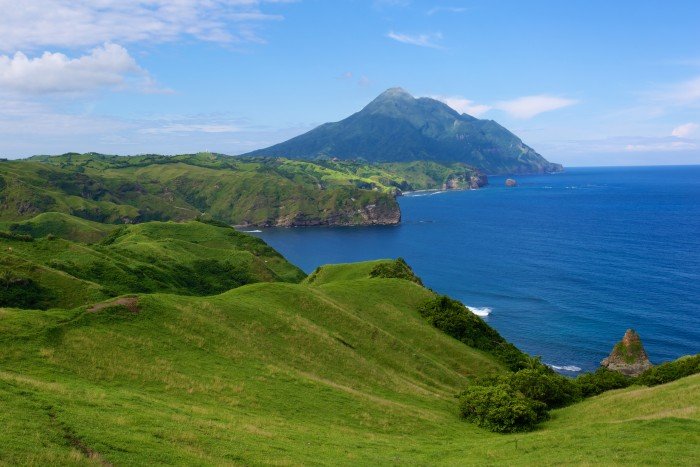Contents
A history of the Batanes Islands under Spain
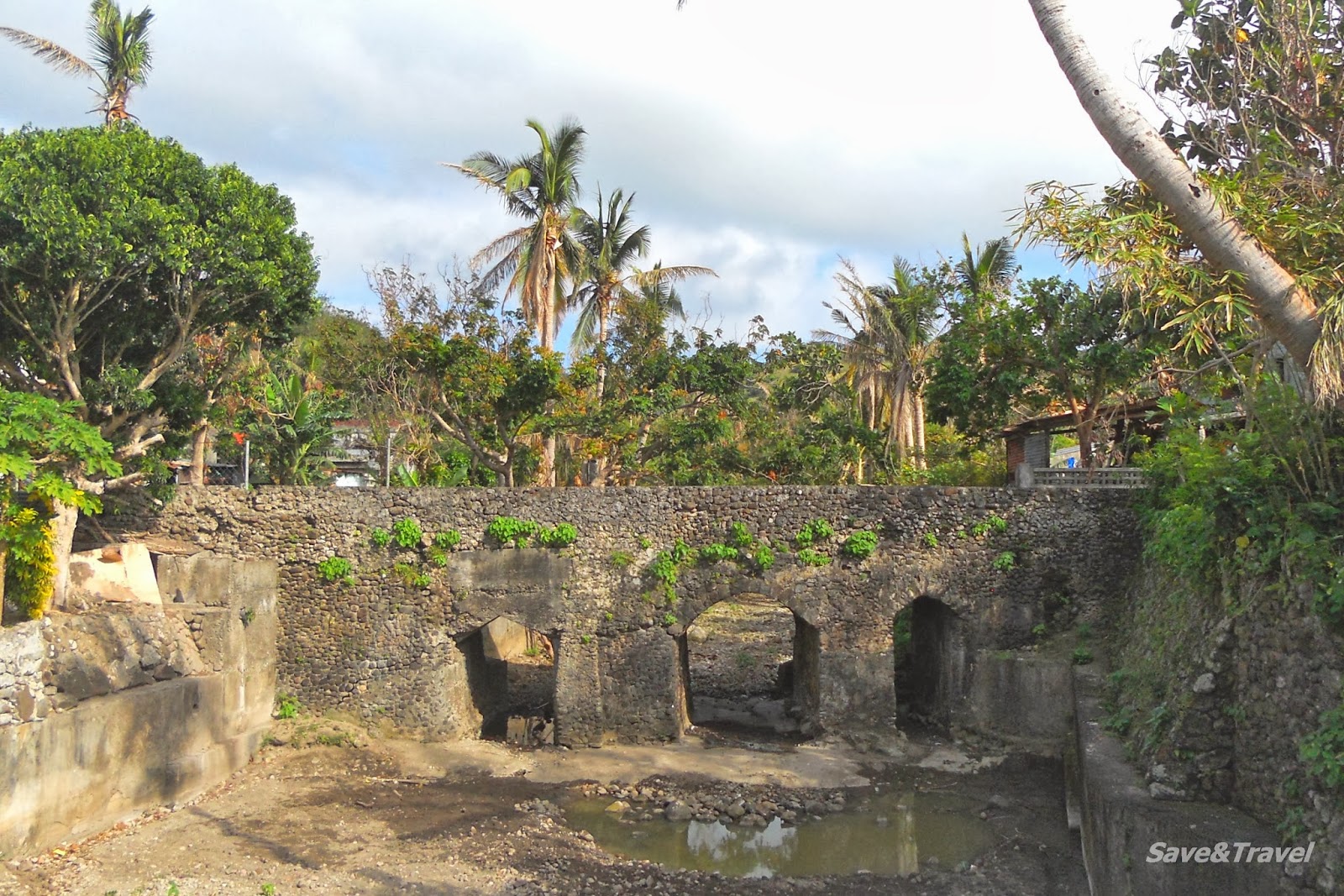
When the Europeans arrived in the 1600s, they found the Ivatans living in small organized communities called idjangs near the sea and streams. The Batanes group of islands fell under Spanish rule in 1783, which lasted for 115 years and was liberated in 1898.
Towards the end of the Spanish regime, Batanes was made a part of Cagayan. In 1909, During the American occupation, Batanes was organized into an independent province and the following year, constructed public schools, its first wireless telegraph followed by an airfield in 1930.
During World War II, Batanes was the first area attacked by the Japanese due to its location. In the 1950s and 60s, the Philippine government encouraged Ivatans to relocate, the reason why there are now Ivatan communities in Mindanao.
The Ivatan — People of Batanes
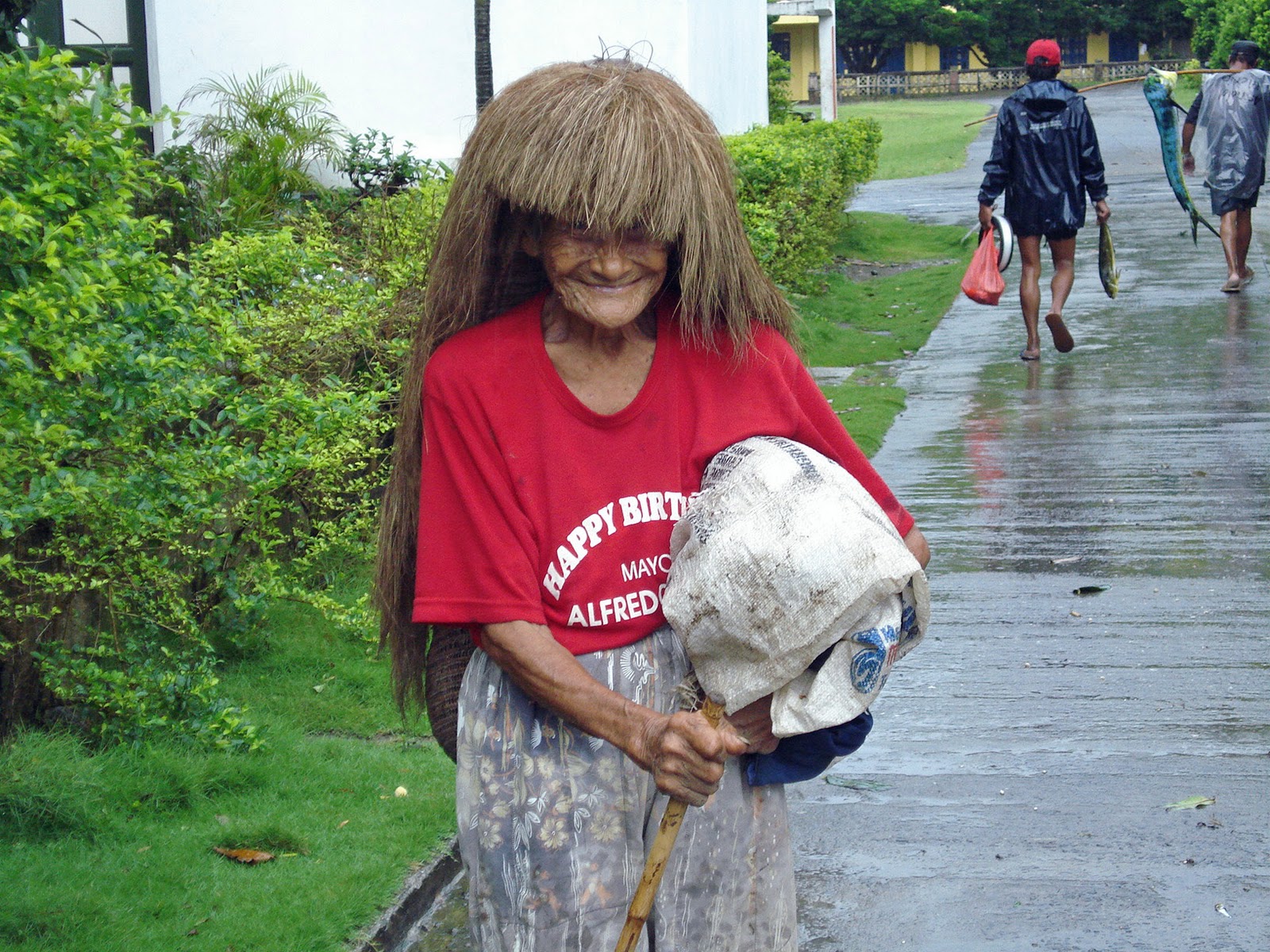
The 1990 census of the National Statistics Office reported the total population of Batanes at 15,026. The language spoken is also called Ivatan, similar to Austronesian language which is unlike the languages of northern Luzon. However, English and Tagalog are widely spoken and understood by the Ivatan. The Ivatans have a literacy rate of 95% which is higher than the national average of 93%. About 75% of the Ivatans are farmers and fishermen and the rest are employed in the government and services sector.
In 1687, British buccaneer William Dampier described the people of Batanes who are called Ivatans, as “short, squat people: generally round visaged, hazel eyes, small yet bigger than Chinese; low foreheads; thick eyebrows; short low noses; white teeth; black thick hair, lank that is worn short, just covering the ears, cut round, very even; and very dark, copper-colored skin.”
Despite being totally Christianized by the Dominican friars, the Ivatan continue to retain a bit of its indigenous beliefs such as the influence of the world of the anyitus (ghosts or soul of dead ancestors). Although they do not worship them, the local Ivatan continues to conduct rituals and offerings to appease these spirits.
When typhoons pass through Batanes it is often hit hard and the Ivatans have culturally adapted to their environment by building low houses made of cogon with tiny windows to protect themselves from the strong winds. Under the Spanish rule, the Spaniards implemented the large-scale production of lime to be used in building what is now known as the “traditional” Ivatan stone-house with very thick cogon roofs that could withstand the strongest typhoon.
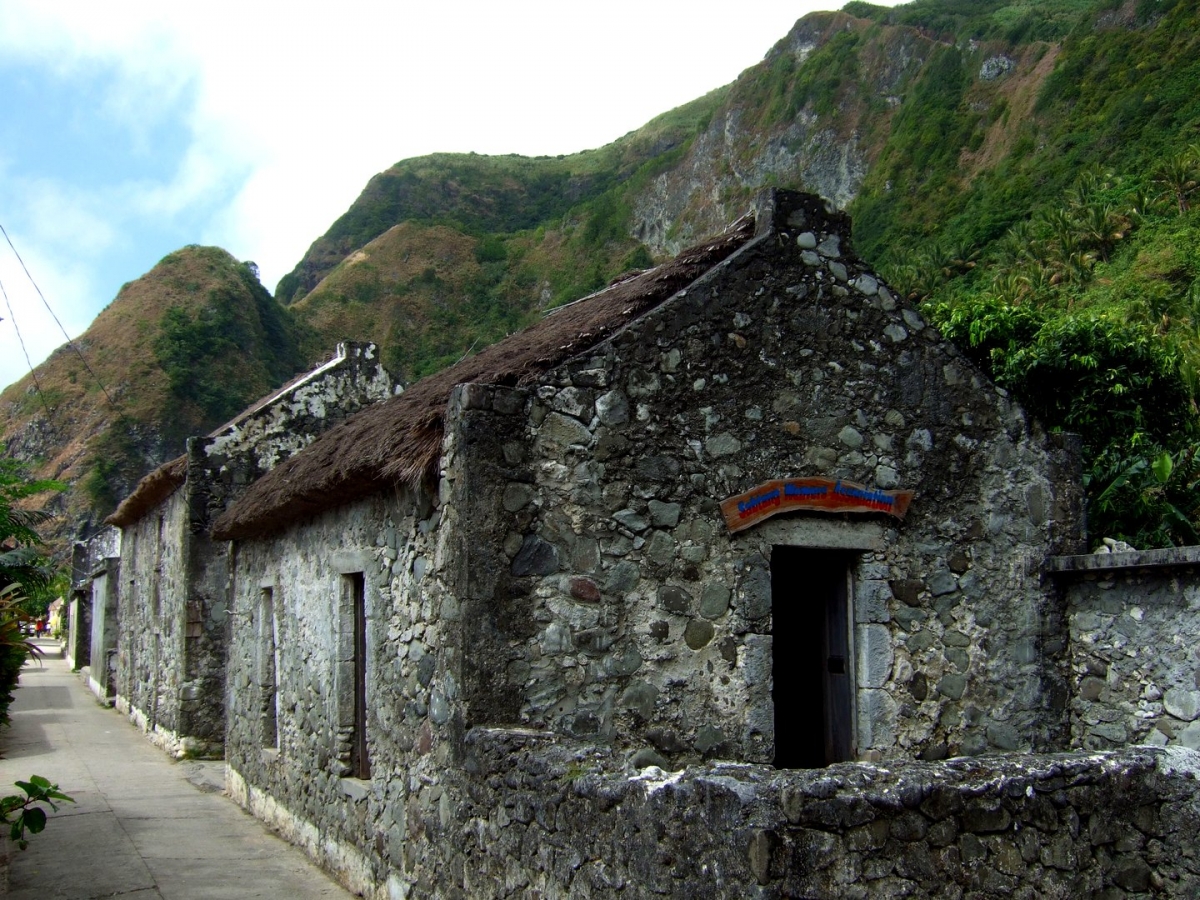
Tourist Attractions — The Best of Batanes
Because of its proximity to Taiwan, Batanes is the only place in the Philippines that experiences four seasons. When planning the perfect itinerary for your visit to Batanes, make sure to go there during the summer — from March to May when the weather is warm and dry. Batanes is notorious for taking in the rains and typhoons the hardest. This is why houses there are built with stone and have small windows. Be prepared too for a most unforgettable experience of natural wonders and historic sites.
The Lighthouses of Batanes
There are three functional lighthouses in Batanes which you can visit anytime. These are built by Congressman Florencio Abad in the early 2000s to guide seafarers across the treacherous waters of the Pacific Ocean and West Philippine Sea (South China Sea).
Sabtang Lighthouse
The Sabtang Lighthouse is perched on a hill overlooking the sea, only a few minutes hike from the Malakdang welcome arch in Sabtang, the southernmost island municipality of the Batanes island group.
Unlike the other lighthouses of Batan Island, the tower with a red lantern room, is rounded made of rubble masonry all the way to the gallery deck, giving the structure an organic appeal.
Basco Lighthouse
The Basco Lighthouse, which was the first to be completed among the three lighthouses was built on the Naidi Hills at the site of the old telegraph facility used during the American period..First lit in 2003, the 20-meter tower has six stories, with the fifth being the gallery for an unobstructed views of the West Philippine Sea to the west, Mt. Iraya to the north, and the Basco Town Proper to the south. The main column of the lighthouse is round and white painted with a red lantern room on its top. The bottom portion including and the attached dwelling for the caretaker are made of limestone.
Tayid Lighthouse
The Tayid Lighthouse stands proudly on the hills of Mahatao. Like the other two lighthouses, the tower is topped with a red lantern room and roof. Its base and dwelling is made of rubble masonry. Tayid, which faces the Pacific Ocean, is hexagonal, not rounded. The lighthouse is less accessible than the other two but it offers a great view seen from Marlboro Country (Racuh a Payaman) and Diura Fishing Village.
Valugan Boulder Beach

Valugan Boulder Beach is the result of an eruption of Mt. Iraya in 400 AD that had scattered andesite rocks around the northern half of Basco. Through the centuries the strong winds of the Pacific had pushed the waves on to the rocks polishing them. There is no white sand here, only shiny boulders, creating an incredible landscape surrounded by cliffs and hills.
The best time to visit the beach is at sunrise which makes for a dramatic photo op.
To get to Valugan Beach: Valugan Beach can be reached by bike or tricycle from Basco airport or the town proper. You may also hire a tricycle to take you around North Batan, that will include Valugan Beach.
Malboro Hill
Marlboro Country got its name because it looks similar to the setting of the famous commercial of Marlboro Cigarette. Its real name is Rakuh a Payaman, which is one of the most charming and poetic locations in Batanes where cows and carabaos are seen grazing on its rolling green hills. It is a protected location in the island of Batan in Batanes.
There are narrow foot trails that snake around the grassy hills land for visitors to savor the view from various points.
How to get to Marlboro Country: From the Basco Airport or Basco the town proper, you may reach Honesty Coffee Shop by tricycle, about 30-40 minutes. You may also rent a tricycle for a South Batan Tour, which makes a stop at Marlboro Country.
Fundacion de Pacita Abad

Set atop a lush hill between the mountain, sea, and sky, is the Fundacion de Pacita Abad Nature Lodge which was once the home studio of internationally acclaimed artist Pacita Abad, the sister of Budget Secretary Florencio B. Abad. Pacita, whose works are famous for her use of color in abstract forms. She is a true blooded Ivatan who began her artistic career at the Corcoran School of Art in Washington, DC in 1976 and further honed her craft by traveling and working in different countries. When she passed away, her house on the hill of Tukon now serves as a gallery where her works are displayed.
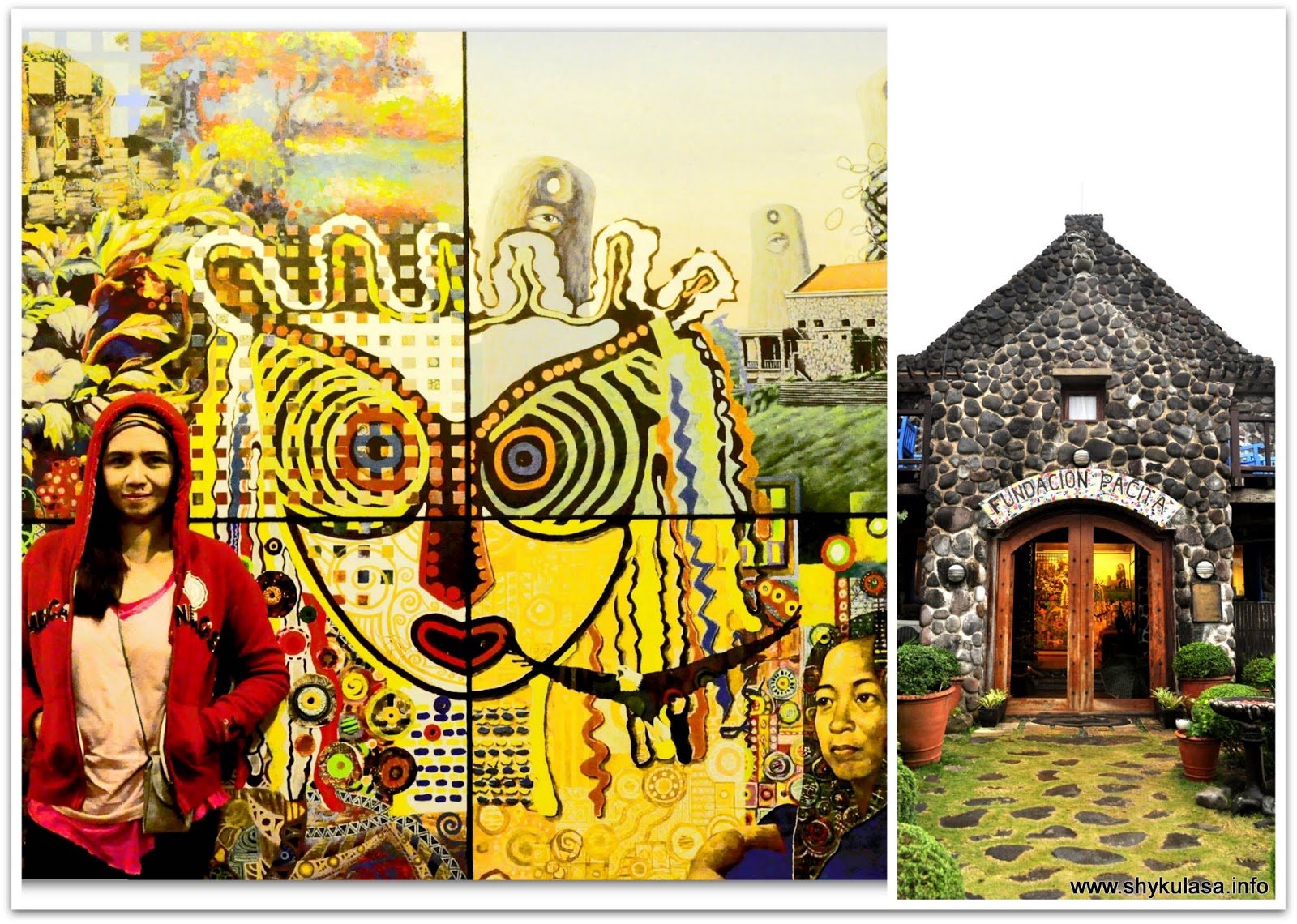
The Fundacion Pacita Batanes Nature Lodge, which supports the education of the Ivatan youth through projects, is one of the best boutique hotels in the Philippines. The hotel offers the best spot to view the scenic landscape and the cultural and aesthetic heritage of the Ivatan people. Each room and suite is decorated in Ivatan-inspired themes and adorned by artworks of both well-known and upcoming artists.
The hotel has a restaurant and offers airport and city transfers, room service, and massage treatments.
Churches in Batanes
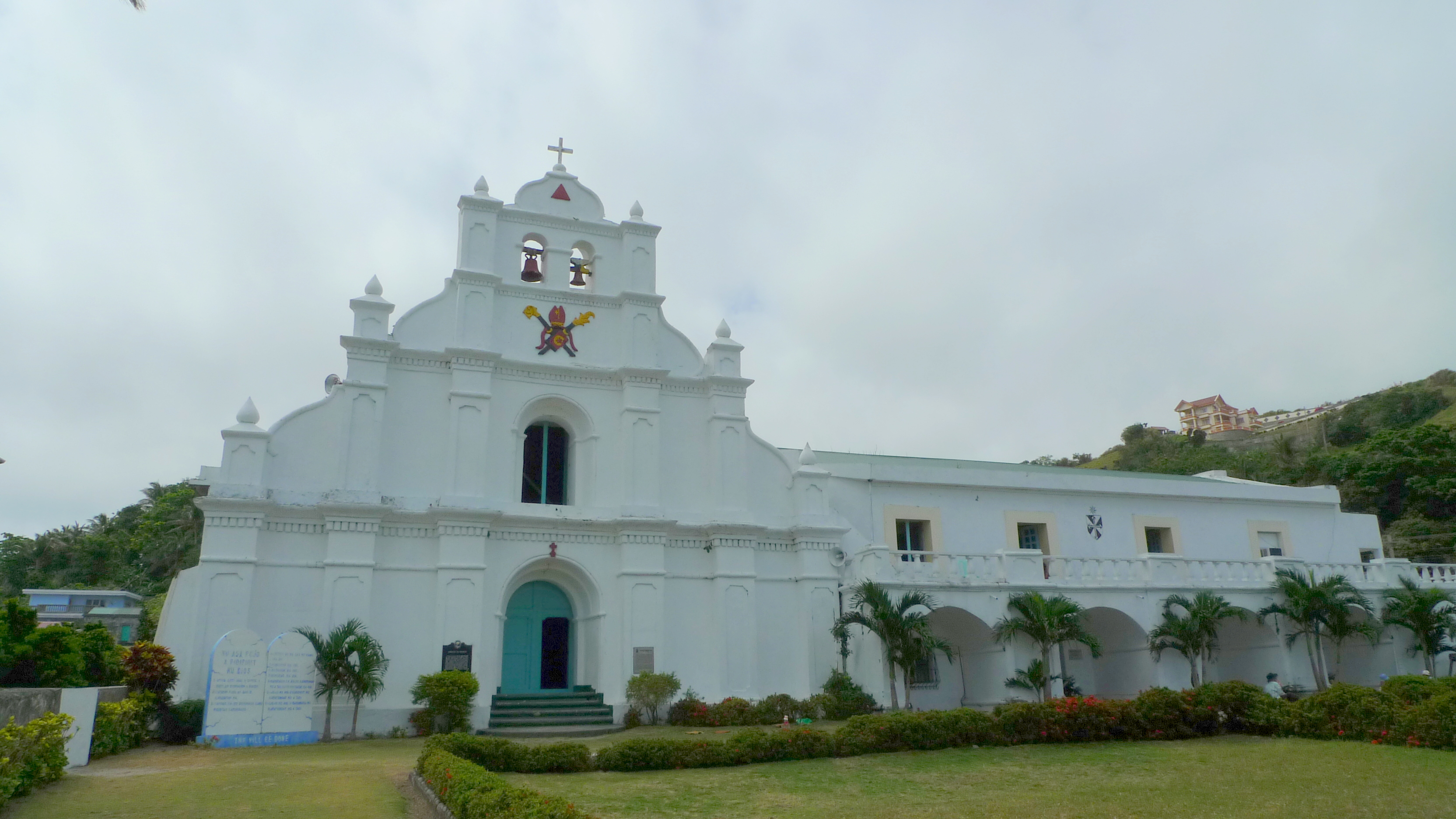
The Catholic faith brought by the Spanish in Batanes in the 1700’s and had produced 10 churches in Batanes, all them sharing the same distinct fortress-like design and architecture native to the island. Majority of these were built in the late 1700s to early 1800s and like any typical Spanish town in Luzon and the Visayas, the churches are situated in the middle of the town. Below is a list of churches in Batanes:
Sta. Rosa de Lima Chapel in Chavayan – a pretty chapel, in Chavayan Village in Sabtang Island, considered as one of the best places to visit in the Philippines. This chapel is one of those that have preserved its cogon grass roof. The town of Chavayan is also where the best preserved stone houses typical of Batanes are found.
San Vicente Ferrer Church in Sabtang – It is the first church you will see once you arrive at the Port of Sabtang . The church was originally built as a small chapel in 1785 by the Dominicans. In 1844, another church was built made from stones and lime. In 2008, the National Historical Institute declared the church, convent and the site of the beaterio as a “National Historical Landmark”.
San Jose de Obrero Church in Ivana – Just across the Port of Ivana, this 200-year old church with a square tower that looks like a fortress, was declared in 2008 as a National Historical Landmark.
San Carlos Borromeo Church in Mahatao – Popularly known as Mahatao Church, this church, built by the Dominicans in the 19th century, is so well-preserved that it has been declared as a National Cultural Treasure in 2001.
Our Lady of Immaculate Concepcion Cathedral in Basco – Considered as the oldest and most important church in Batanes, the church was built in 1783. Its walls are buttressed with massive pilasters from top to bottom to give it strength and stability against earthquakes and typhoon winds.
The other churches, mostly all well-preserved are: St. Thomas Aquinas Chapel in Savidug, San Antonio De Florencia Church in Uyugan, San Lorenzo Ruiz Chapel in Imnajbu, Sta. Maria de Mayan Church in Itbayat, and Tukon Chapel also in Basco.
How to get to Batanes
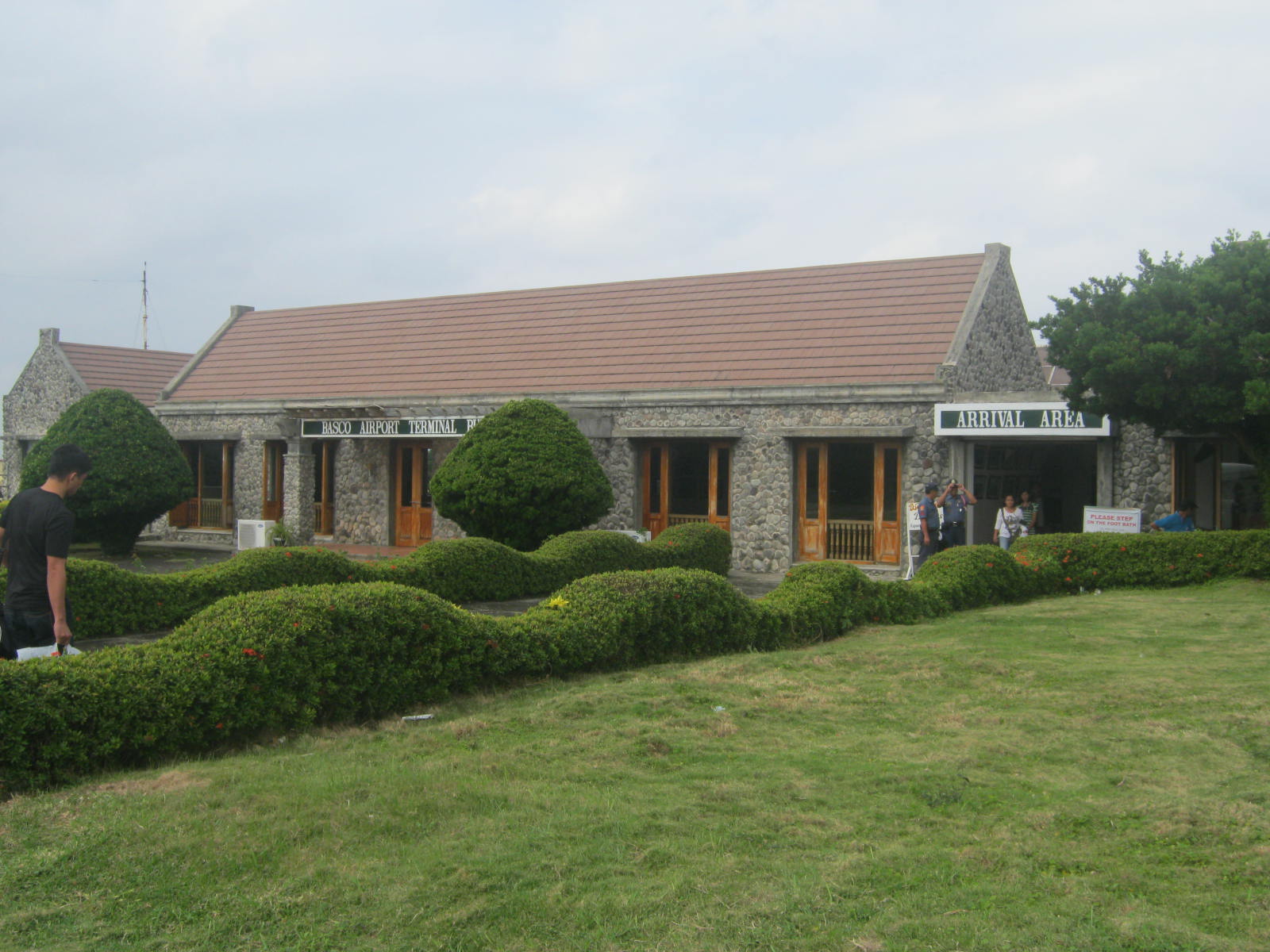
The fastest way to get to Batanes is by air. You can take either Philippine Airlines or Skyjet Air from Manila to Basco, the capital town of Batanes. Travel time is 70-110 minutes, depending on your choice of airline.
It’s better to book your flight ahead especially for peak seasons (the best time to visit Batanes) which is from March – June for summer and November to February for the cold season. July to September is lean season due to the rainy season.
For booking and to find out if there are any special discounts visit their websites: PAL Express and Skyjet.
Where to stay in the Batanes
There are numerous lodgings in Batanes to choose from. At the town proper of Basco, you have various options– from cheap inns and homestays to high-end hotels. There are lodges that offer rooms and other basic necessities for a cheaper cost. Hotels are expensive compared to lodging house or house for rent. One thing you have to be prepared for though, internet access and cellphone signals are mostly weak in this area and some accommodations don’t even offer wifi.
Below is a short list of accommodations you can choose from — from the cheapest to the most expensive. Visit their websites or Facebook pages to get the updated rates.
Troy’s Lodge
096 Argonza St., Kayvaluganan, Basco, Batanes
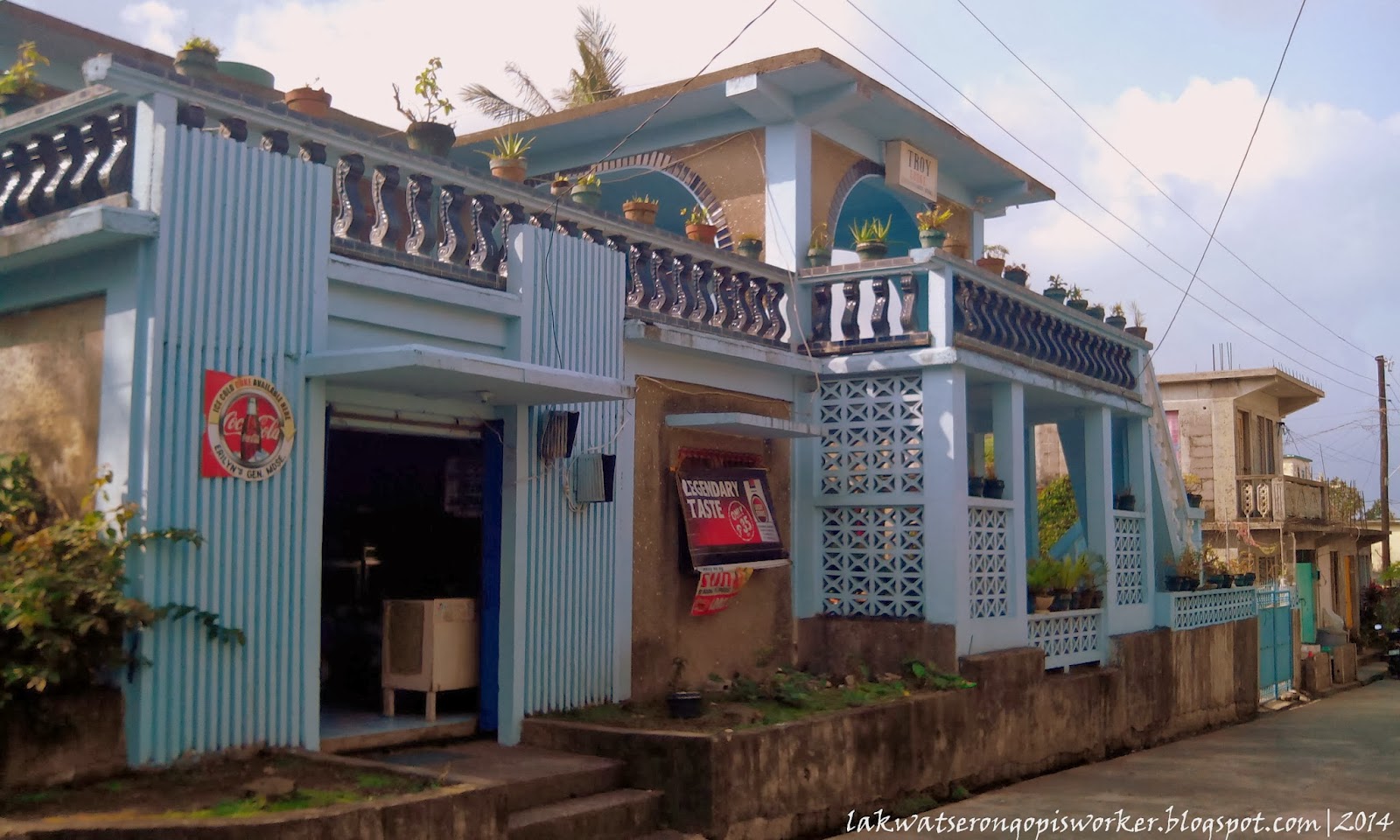
Troy’s Lodge is a small inn perfectly located near the airport — a walking distance away. Just ask around where the inn is.
For your convenience, the lodge has a mini grocery store where you can pick up some snacks or toiletries. For meals, you could request “Manang” (term used for older woman) to cook for you. This would have an authentic touch and would be cheaper.
The inn has no wi-fi.
Rapitan di Vasay
Amboy Street, Basco, Luzon 3900, Philippines
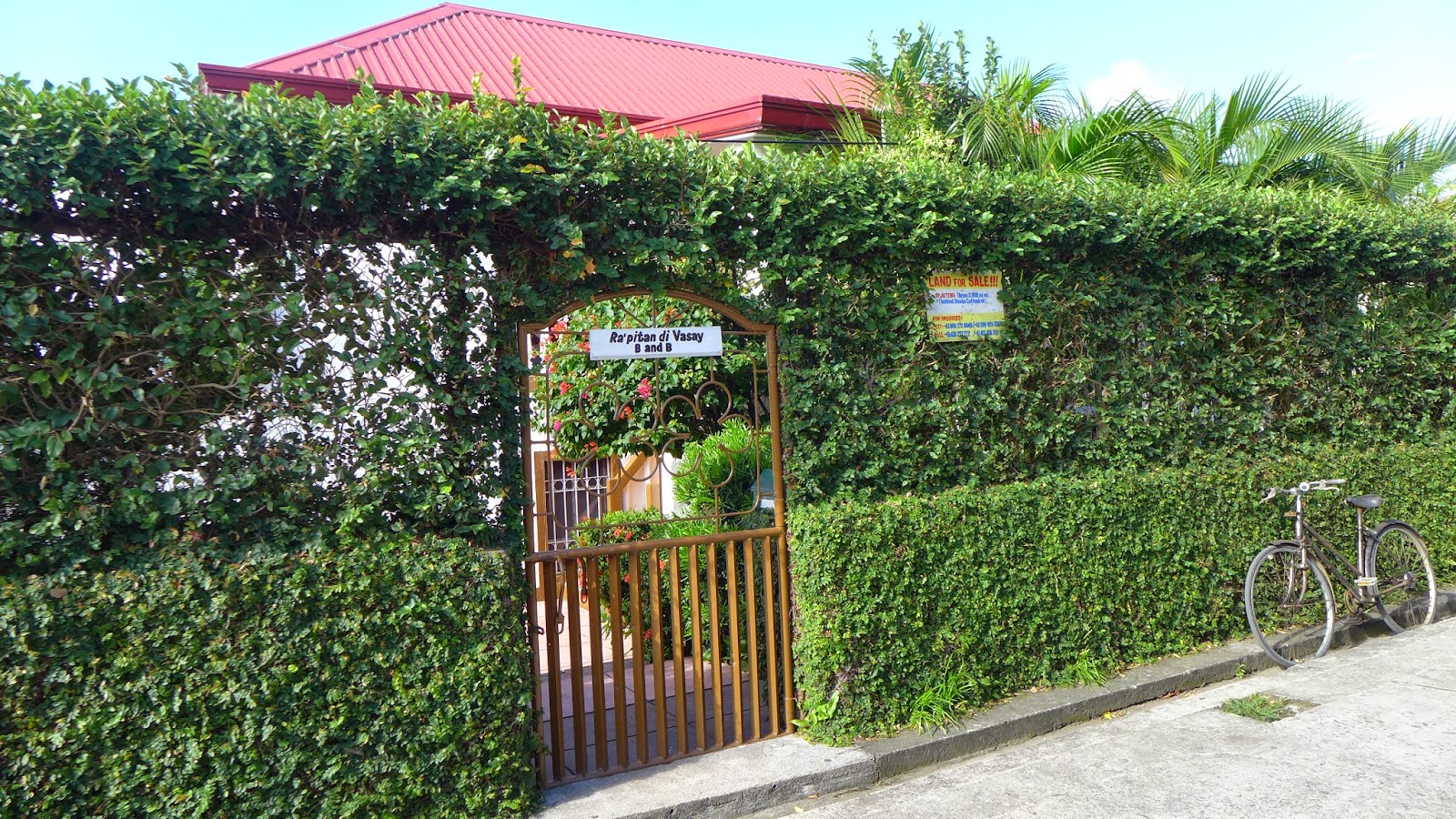
Located at the heart of Basco, Rapitan di Vasay is a bed and breakfast accommodation on a restored property which was originally built in 1908. It is comfortable, clean, and secure with spacious guest facilities designed for groups of up to six.
Being at the center of Basco, you can just walk to the church, plaza, and nearby restaurants.
Amenities:
Cable Television Set
DVD/CD Player
Chilled distilled drinking water
Bathroom supplies
Guest Services:
Rooms are cleaned daily at 9:00AM
Bed Linens changed every third day
Bath Linens are changed every second day or as needed
Assistance in accessing outside services such as tour services, tricycle, laundry services, etc.
Food Service:
Breakfast is the only meal provided. The meal is served at 8:00AM unless an alternative service time is arranged 24 hours in advance.
Batanes Seaside Lodge & Restaurant
National Road, Kaychanarianan, Basco, Batanes 3900

Centrally located in the heart of Basco is the Batanes Seaside Lodge. It has two branches — the Main Branch which is located along the highway accessible to other towns and a nearby beach and the Annex Branch which is located near the Basco Airport, the Basco Plaza and Basco Cathedral Church and within a 20-minute walk to sightseeing spots such as Naidi Hills, Basco Lighthouse, and surrounding beaches.
Amenities
Free wifi
24-hour service staff
Services
Conference rooms for rent
Massage
Manicure and pedicure
Cleaning
Laundry and ironing services
Activities
Billiards
Karaoke
Hiking
Cycling
Swimming — access to outdoor beach
Transport
Bike for rent
Cars or vans for hire
Food service
Room service
Breakfast, lunch, dinner, catering or packed lunch
Common areas
Entertainment Lounge
Garden
Sun terrace
Rooftop deck
Fundacion Pacita Batanes Nature Lodge
Brgy. Chanarian, Tukon, Basco, Batanes 3900

Inspired by the traditional Ivatan home made of local stone, Fundacion Pacita is located on top of a hill which is only 15 minutes from Basco Airport. All the rooms enjoy commanding views of the seaside and the picturesque landscape. Individual rooms feature distinct interior design and architecture with artworks by well-known Filipino artists. All the are air-conditioned with a private toilet and bath. All accommodations come inclusive of breakfast. Price per room per night starts at P10,000.
Amenities:
Air-conditioning
Private toilet and bath
Hot and cold water
Facilities and services
Airport and city transfers
Restaurant – Cafe du Tukon
Room service
Massage service
NOTE: TV & Wi-Fi are intentionally not provided so guests can fully enjoy the excellent view for a full Batanes experience.
Helpful articles and blog posts on the Batanes Island in the Philippines
We only recommend writers and blogs that we read regularly and believe will deliver substantial value to our readers. The following is our top picks of articles on Batanes Island in the Philippines that we think are worth reading:
- Batanes: My Dream Destination by Noelizm
- Sabtang Island, Batanes: 6 Awesome Places to Visit on a Day Tour by Yoshke Dimen
- Batanes Solo Trip: South Batan Tricycle Tour by Senyorita.net
Do you have an awesome link to a relevant well written article that should be included here? If so, hit us up on Twitter by following and messaging us the link. Looking for the best budget stays in the Philippines? Check out our guide to the Philippines for further information.
How Did We Do?
Is the article “Backpackers’ Guide to Batanes Islands, Philippines” useful? If so, please share and like this post, as it helps other travelers find information. Many thanks! You can follow us on Twitter or Facebook for further updates!


